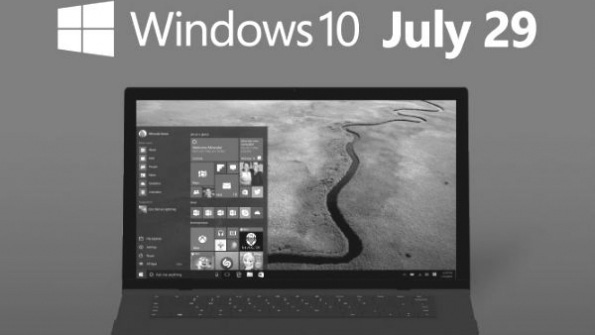A Windows 10 utility allows users to rollback bad installed updates for Windows 10 or hardware drivers that cause system conflicts and block them from reloading.

Word surfaced last week that the end user license agreement (EULA) Windows 10 Home users must agree to won’t offer any choice but to allow Microsoft (MSFT) to install not only security fixes but also a steady flow of feature updates as the operating system’s capabilities improve.
In other words, there’s no “on,” “off,” or the option to “pick and choose” the updates users want. For users, installing Windows 10 means allowing Microsoft to update the OS as it sees fit and adjusting to the upgrade. Hence, the Windows-as-a-Service framework.
Here’s the text of the EULA: “Updates. The software periodically checks for system and app updates, and downloads and installs them for you. You may obtain updates only from Microsoft or authorized sources, and Microsoft may need to update your system to provide you with those updates. By accepting this agreement, you agree to receive these types of automatic updates without any additional notice.”
The only option a user gets is when their system reboots after Windows Update installs new files–now or at a time of their choosing.
Okay, that’s not so great but maybe it’s not so bad either–it seems there’s a workaround of sorts in the form of a troubleshooter for the Windows 10 Insider Preview, according to PC World.
The utility allows users to rollback installed updates for Windows 10 or hardware drivers that cause system conflicts and block them from reloading.
Until Microsoft officially rolls out Windows 10 on July 29, we won’t know if the troubleshooter works with the final version, although it did appear to work with build 10240, the edition the vendor shipped to OEMs, the report said.
PC World advised that the Windows 10 troubleshooter shouldn’t be thought of as a tool to manually alter a list of updates in much the same way as users could with earlier versions of Windows. Instead, it should be considered a tool for users to remove an unwanted update from their system and, in that regard, it’s a useful utility to keep nearby.
For the record, Windows 10 Pro users will be able to switch to the Current Branch for Business (CBB) version of Windows 10 to delay feature updates. And, Windows 10 Enterprise users opting for Long Term Servicing (LTS) will gain full control over their updates.
About the Author(s)
You May Also Like


